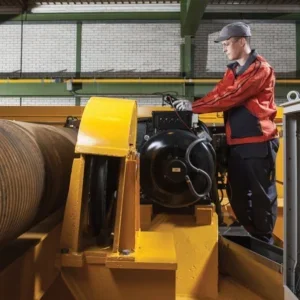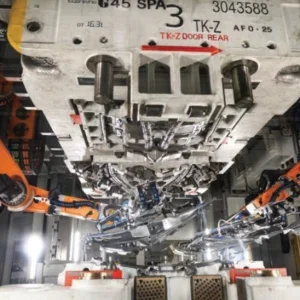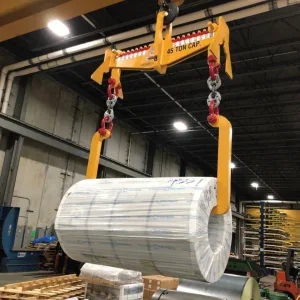Since 1998, the USA has been importing more hoists, cranes and monorails than it exports to satisfy demand, according to the MHIA report.
The latest data, compiled earlier this year, show that the trade deficit has risen since 1998, and now hovers around $100m (see first graph).
According to the report, changing currency rates kicked off the growth of imports in the late 1990s.
But in the years since, “the influence has shifted to a combination of product sophistication and improved low-cost offshore manufacturing capability evident across a broad range of hoist and crane products,” the report says.
In other words, the hoist and overhead crane market is becoming more and more international. Even a market with as strong a manufacturing heritage as the USA can be beaten at its own game.
In this case, it is most likely to be in single-reeved package hoists where foreign-owned companies, mostly Europeans, are winning the game.
This is good news for crane builders and end users, who now have access to some very cost-competitive package hoists. As more European brands enter the USA, the customers gain greater choice.
Jim Vandegrift, vice president and general manager of R&M, a US subsidiary of Finland-based KCI Konecranes PLC says: “I’ve found that for working in this industry for 20 years that there are different perspectives. One’s not better than the other. It doesn’t make one right and one wrong.” Although his comments were made in the context of upper limit switches (see article, p.19), the broad principle is the same.
Of course all of the extra competition does not make business any easier for domestic manufacturers. It would appear that one effective strategy might be to increase their exports to other countries to boost their own sales.
The most extreme year was 2002, when the trade balance totalled $112m. Since then, the imbalance has eased slightly, according to the first table.
In the last few years, exports have grown while imports have remained steady, according to other charts in the document not shown here. So it may be that US manufacturers are starting to increase exports as well. Perhaps the hoist business really is starting to globalise.
The second graph looks at the effect of rising imports on the total US market. It compares US consumption – market demand from customers – with hoists and cranes produced in the USA. It shows what percentage of demand comes from US production.
It shows the same pattern as the first graph. US production took a major hit in 1998, when for the first time less than 90% of cranes bought were produced in the USA. The most extreme year was again 2002, when 16.3% of cranes bought were produced outside of the USA. Finally, the second graph shows that the situation has improved since then, and is expected, broadly speaking, to continue to improve.
The second graph may make the change seem more dramatic than it is. The vertical axis stops not at zero but at 80 percent. That means that even in the most extreme year, more than eight out of ten hoists or cranes sold were made in the US of A.
Although small, these changes may well be irreversible. “Historically, it has been difficult to reclaim losses to Imports due to changes in consumption behavior and values,” the report says.






